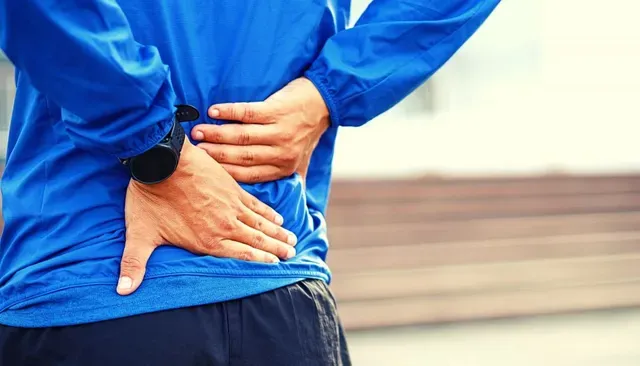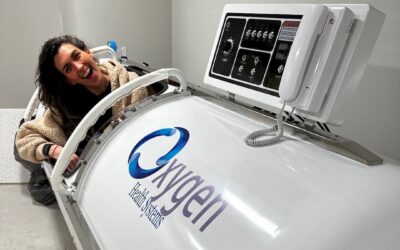The challenges of low back pain are ubiquitous. The reality is that by the time we reach the age of 45, 35% of us will have experienced debilitating low back pain. Back pain severity and chronicity increases significantly with weight gain, history of smoking, having a chronic illness, and depression.
Why the low back?
The low back or to be more anatomically correct, the lumbar spine, has the distinction of acting as a junction between our trunk and our hips and legs. This means that injuries to either the upper body or the legs increase torque and pressure on the lumbar region. It is very common to see folks with chronic knee or ankle issues complain of low back pain on the same side. We also know that just having a leg length difference can cause uneven stress and pressure on the low back region.
The lumbar spine also carries the bulk of the weight of the trunk, especially the 4th and 5th lumbar vertebra and the disc in between. This explains why the 5th lumbar disc is the most common one to be injured and herniated.
Areas In the lower back that cause pain:
The lumbar spine is a very compact part of the body with many aspects and layers packed in. If we work our way from the bony vertebral column to the surface, we will start with the vertebra, the joints known as facets that connect them, and the discs located between each pair of vertebrae. Each of these are subject to wear and tear and trauma related injuries. Most commonly the discs sustain tears and can be displaced, and joints can lose cartilage and develop arthritis.
The next layer consists of a collection of ligaments. These act as straps that bind one vertebrae to the other and connect the lumbar spine to the pelvis. The ligaments are a critical part of our stability infrastructure and help to limit excessive motion and strain on the spine during everyday activities. As we age, the ligaments stretch and become weak. This prevents them from protecting the spine exposing it to more strain and injury.
It is typically the incompetence of the ligamentous system that leads to the progression of disc disease and the joint arthritis. This makes the ligament break down one of the most important root causes of low back pain. This fact is very rarely understood and recognized by the conventional medical system. Conventional medical doctors that treat back problems are guided by x-rays and MRIs that rarely show ligaments. Often this omission leads them to treat more of the symptoms of low back pain rather than the root cause.
The next layer is the muscle. Muscles are the other main stabilizer of the lumbar spine. They also function as a shock absorber. Commonly muscles are reflexively tightened to protect the bony spine and compensate for the ligamentous weakness underneath. Many misguided health care providers focus on loosening the muscles, only exposing the instability and weakness underneath, creating a bigger problem.
Unlike ligaments that are more like straps that do not respond to exercise, muscles can and should be strengthened to better protect the structures underneath.
Traditional treatments available for low back pain:
All conventional treatments for lumbar pain focus on symptom relief only. They range from x ray-guided steroid injections to burning nerve endings around the spinal joints. None of the conventional treatments offer anything that treats the root cause.
Regenerative medicine solutions for low back pain:
Regenerative or tissue matrix support therapy targets weakened spinal structures that greatly contribute to its pain and instability.
The solutions used vary based on the extent of spinal wear and tear. The options include dextrose prolotherapy, platelet rich plasma therapy, autologous stem cell therapy, exosome (lab derived stem cell products) and placenta matrix therapy.
All these solutions are safely injected into the weakened ligaments, joints, and deep muscle insertions under ultrasound guidance. Once injected, the solutions stimulate person’s immune system to send an army of healing molecules that immediately start repairing the degenerated tissues.
Although frequently three sessions done four weeks apart are needed, once done, most individuals regain much of their function and can return to activities that they value and need for their quality of life.
At OWM Integrative Wellness, we offer state of the art tissue support matrix therapy that addresses the root cause of lower back pain and returns our clients to optimal function.
For more information, please go to https://owmintegrativewellness.com/tissue-support-matrix-cell-therapy/




